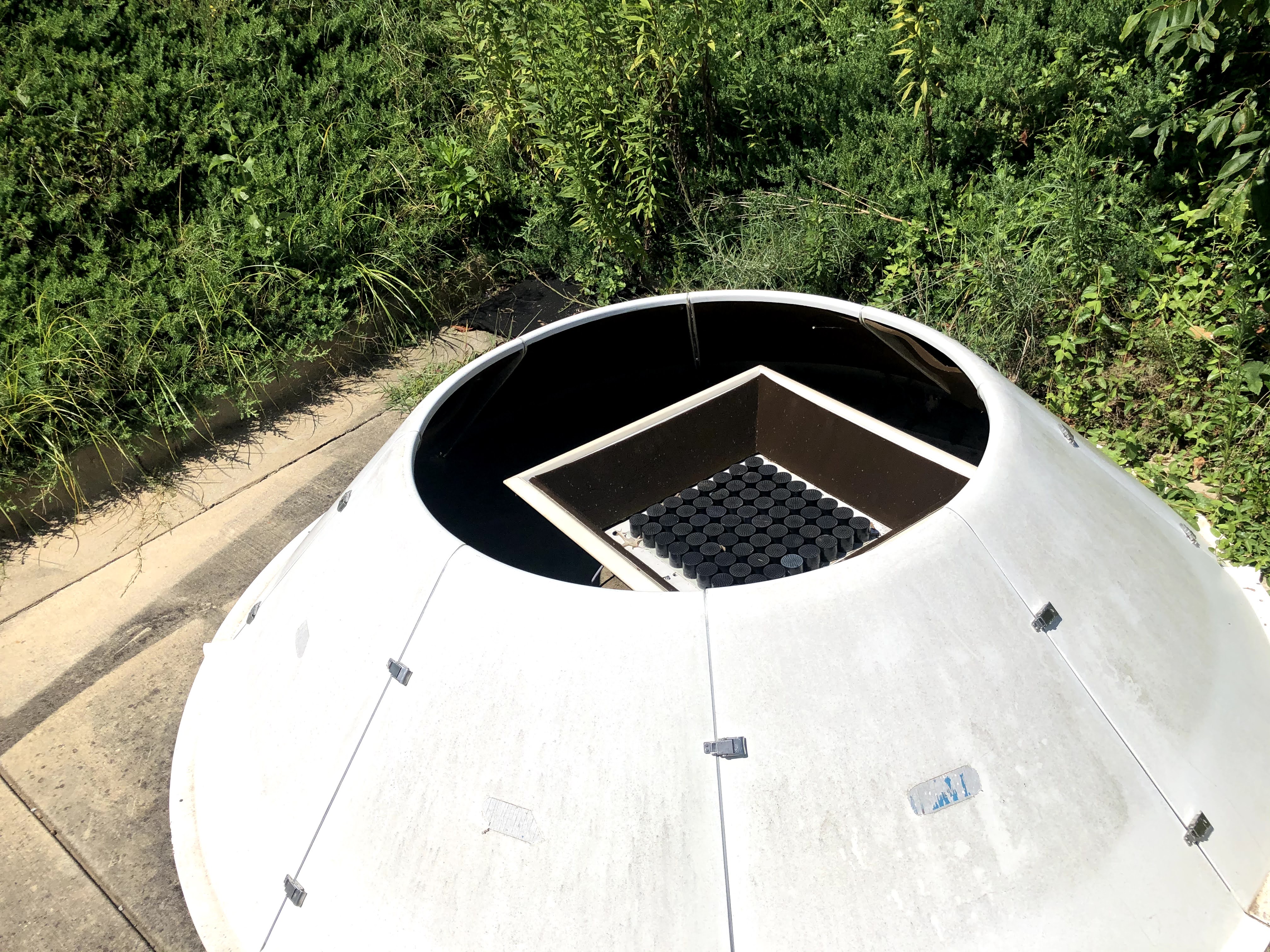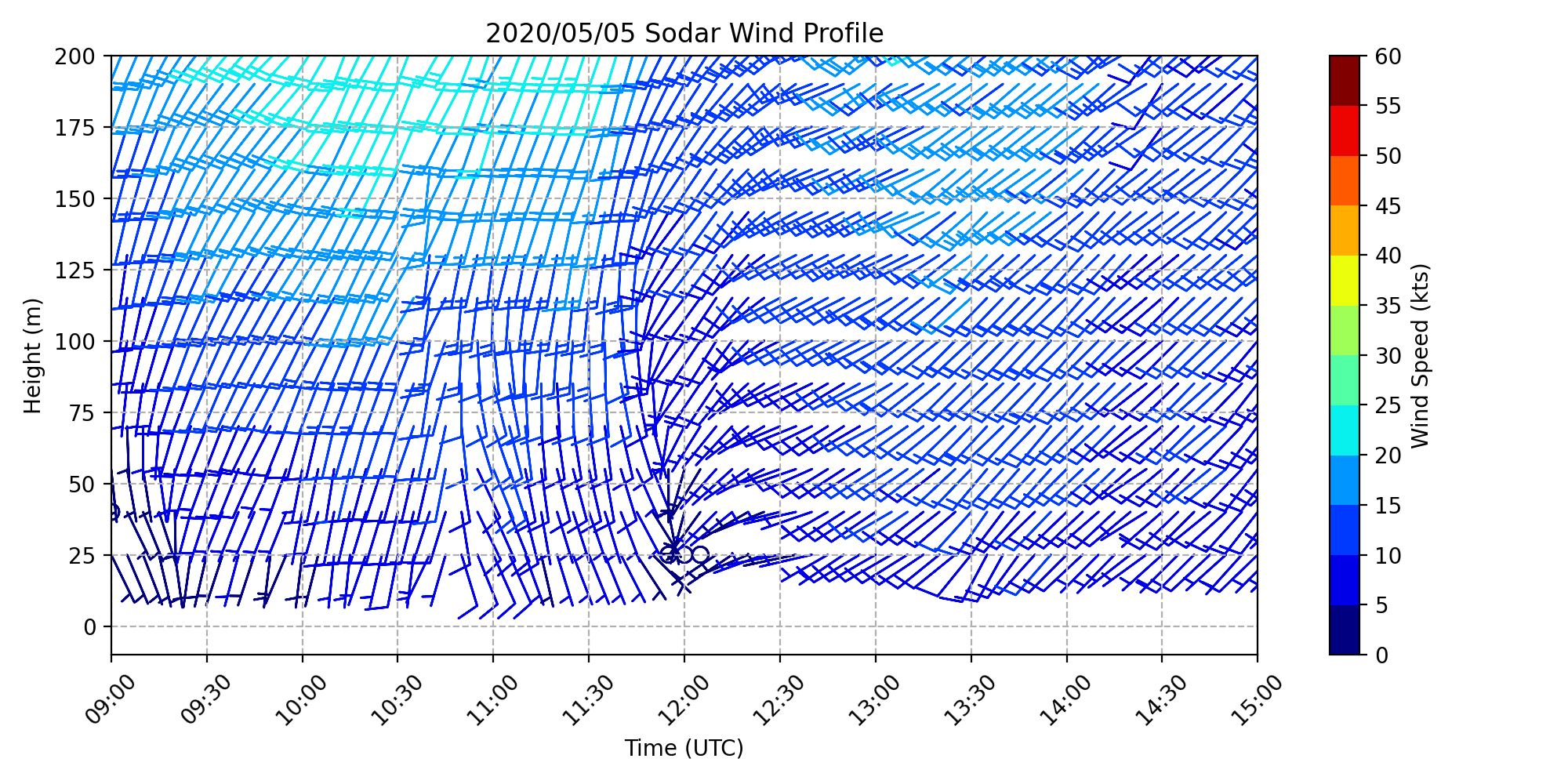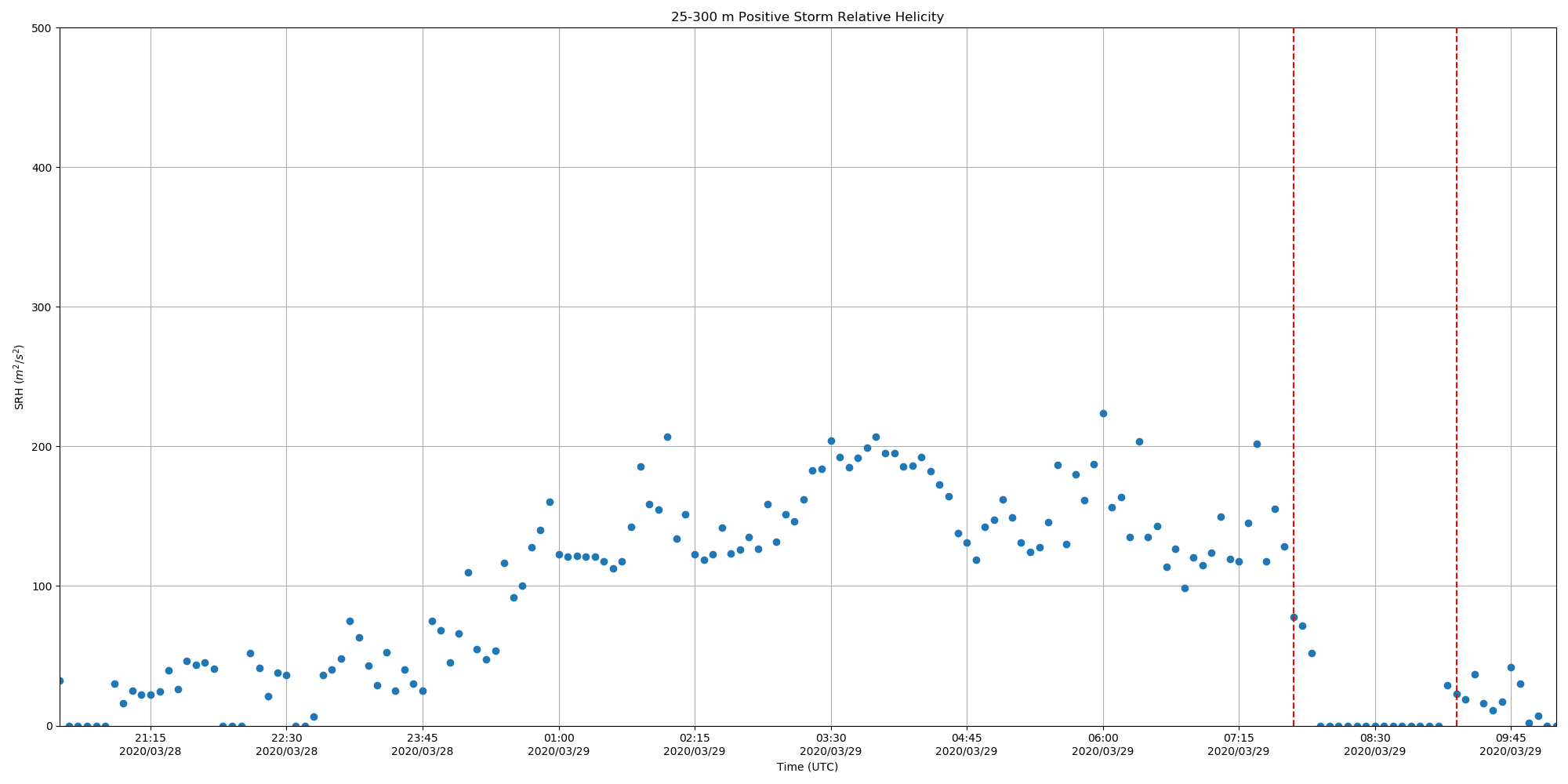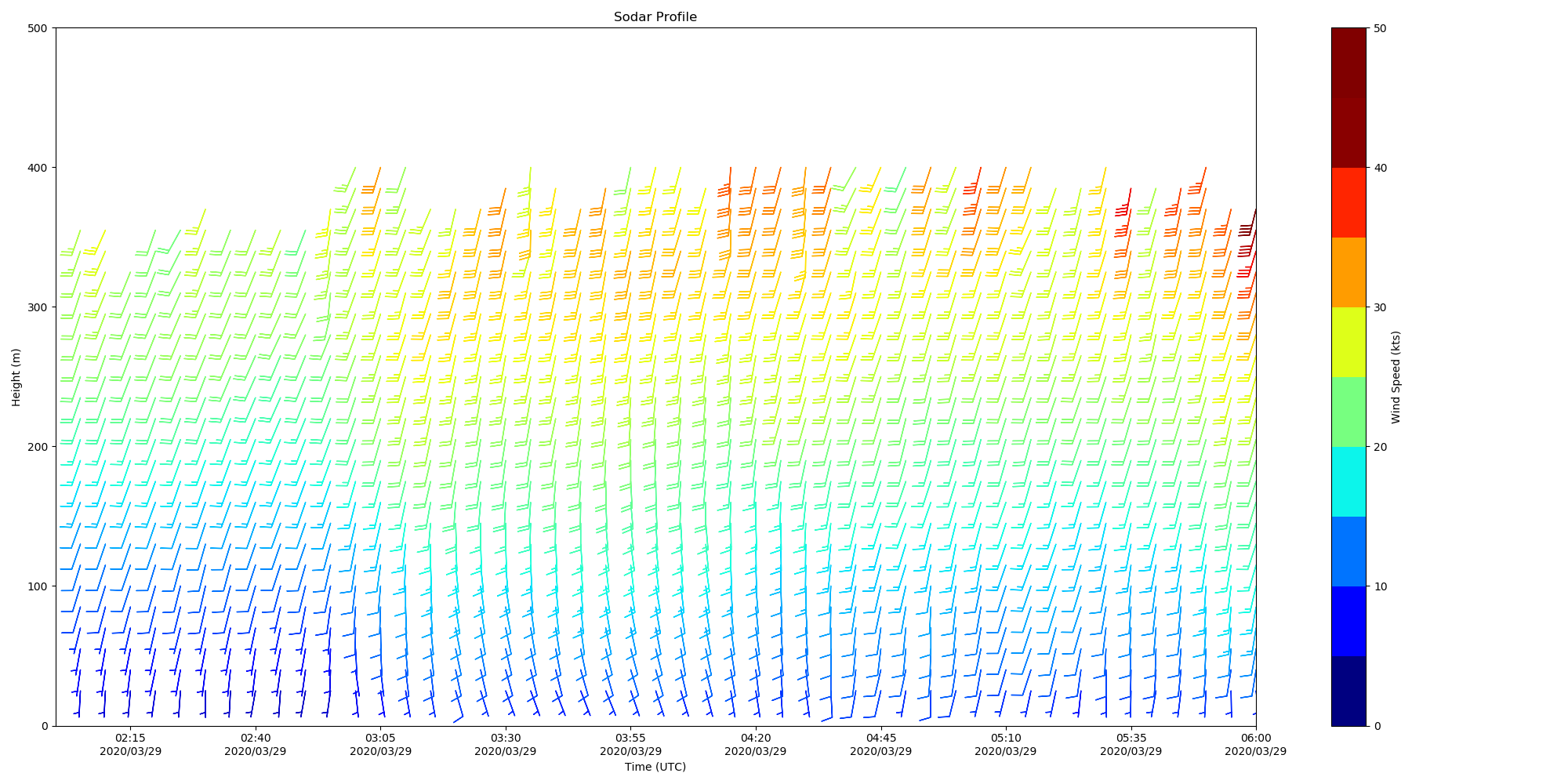|
MAPNet offers two Remtech PA0 Doppler sodars that can be added to any of the profiling platforms. These sodars operate within the 3-6 KHz frequency interval to provide high resolution winds from 15 meters to the lower boundary layer (BL). Thus, the utilization of these sodars can provide high resolution wind profiles from just above the surface to the lowest height intervals from the 915 MHz radar wind profiler. The lowest range gate, vertical and time resolution, and number of layers sampled are adjustable but are typically set to 5 minute time resolution with heights set to 25 meters to 400 meters with a 15 meter vertical resolution. Optional panels can be added to reduce outside noise contamination. The sodars are self-contained and have onboard memory that is large enough to be operated without the need for a control computer for up to 30 days. Sodars work by emitting acoustic signals in “beams” using phase shifting techniques. The acoustic signal is then backscattered due to Bragg scattering (fluctuations in refractivity due to changes in air density and/or air velocity on the order of ½ the wavelength). The backscattered returns are Doppler shifted and the shift and strength of returns are processed for each height interval and a wind profile is built. The PA0 sodars used with the MAPNet are 64 element, phased-array antennas and use 4 electronically steered beams that are separated by 90 degrees in azimuth and 25 degrees off-vertical in elevation. Because of the nature of how acoustic signals are backscattered, sodars are typically best suited for stratified layers (like in nighttime inversions) or turbulence in mostly stable BL. Based on findings from Anderson et al. (2005), acoustic attenuation reaches a maximum of 30% RH for temperatures above 0 C. Therefore, sodars tend to work better in humid conditions in the midlatitudes. 
One of the MAPNet sodars operating within the SWIRLL Berm with clutter panels. |

Sodar retreival capturing a frontal passage marked by the sharp change in wind direction. 
28 March 2020 25-300 m Storm Relative Helecity (SRH) derived by the sodar. This plot shows an increase in SRH overnight as winds increase due to a low-level jet forming overhead. The vertical dashed lines surround the time period when rain was overhead. 
28 March 2020 wind barb plot depicting the low-level jet forming overhead as described in the above plot. |
×
